Leadership Empathy: Do you accept and not understand OR do you actually understand and not accept?7/24/2024 I was sitting in LAX during a four hour layover. My autistic brain immediately sought a cozy space where I could minimize the amount of stimulus around me. I found a lovely dimly lit corner at PF Chang's with a small table and two padded chairs in a warm dark chocolate color. The best part was the noise cover provided by the screen and there were no other people! As I removed my ear plugs and began to intentionally set out my things, a couple sat down next to me.
The man happily began a loud conversation on speaker phone with his family in Texas. I remained hoping that the phone conversation would be short and I could enjoy my sensory safe haven. Within five minutes the man had grossly oversimplified stereotypes into racist comments by comparing cheap Mexican mystery meat in “tack-o’s” to cat and dog meat consumed by Chinese people. Fifteen minutes into the conversation he volunteered himself to preach the “gospel of Jesus our lord and savior” to the bedside of a family member with cancer. At the twenty minute mark, I got up to find another spot free of audio stimulation and space taking. The Texan said a handful of things that I could have taken offense to, but I chose to engage my empathy skills instead of engaging with him. I was provided with a unique opportunity to observe and learn from a stranger who was broadcasting his identity on high volume. This allowed me to better understand this stranger’s values and beliefs while exercising my tolerance to take in information that I did not agree with. This skill translates into professional organizations when we engage with co-workers or leaders whom we do not agree with, but need to work with despite our personal disagreements.
0 Comments
Image three pieces of paper left to right, color photo of Montag Hall, Stanford Bell Tower, pencil sketch of a student with the eyes scribbled out. On May 31, 2024 the Stanford Daily published the article ‘Not a place of belonging’: discrimination allegations plague Stanford admission office 1. describing the public and harmful disconnect between Stanford’s DEI philosophy and actionable DEI items. One key component mentioned was Stanford’s continuous lack of DEI training which directly led to the open class action lawsuit in Stanford's near future. This article identifies the common pattern of events or "red flags" that Stanford and countless other organizations experience who lack DEI training and the solutions to proactively stop the progression of negative impacts due to negligent DEI leadership professional development.
What does Asian mean?
Americans often do not realize that there are over two thousand indigenous groups in Asia. Many of whom have immigrated to the USA creating the massive diversity of Asian Americans. Side note, not all Asians identify as indigenous. #intersectionalidentities #indigenous #AAPI Leader Allyship Question: What changes in policies and practices can leaders take to avoid the erasure of Asian American ethnicities in their organization? Contact me for AANHPI informed best practices, inclusive policy recommendations, and leadership tools. #AANHPIheritagemonth Data for the graphic was found in the references below. Countries were selected based on the eight largest Asian populations from the 2023 US Census. References Countries. International Work Group for Indigenous Affairs. https://www.iwgia.org/en/countries.html. Asian American, Native Hawaiian, Pacific Islander Heritage Month: May 2023. United States Census Bureau. https://www.census.gov/newsroom/facts-for-features/2023/asian-american-pacific-islander.html#:~:text=5.2%20million,and%20Japanese%20(1.6%20million). Why are women leaders more likely to accept high risk leadership positions?
Most folks in professional leadership have heard of the glass ceiling, when unforeseen or invisible barriers prevent women from achieving leadership positions. In contrast, there is the glass escalator, when invisible forces that expedite men into positions of leadership. The glass cliff is the next progression of this leadership position that combines the two concepts and includes the intersectionality of women in a larger context as they pursue leadership positions with great risk. In this article you will gain new terminology and tools to recognize the glass cliff and how to better support women leaders. Challenge yourself as a leader to reassess your biases of who qualifies as a woman and a leader. Nobody appreciates when an outsider imposes standards on their personal identity without their consent. The four resources below are offered to expand your DEI leadership perspectives of intersectional identities of women. #womenleaders #dei
Why should leaders care about willful ignorance?
Willful ignorance is the starting point for allyship when guided by DEI’s three core principles (diversity, equity, and inclusion) to create large-scale behavior change. This ongoing allyship work begins with the individual as a leader. The leader is responsible for having a vision that shapes the organizational culture. The organizational culture influences the quality of products/services offered to customers. Long term brand loyalty occurs when the customers' needs are met by the product/services offered and they align with the organizational culture and the leader’s vision. This is especially true in the growing market of DEI informed consumers, including Millennials and Gen Zers who “prefer to buy from ethical brands that truly care about people and the planet” (SWNS, 2023). This creates three tiers of behavior change impacted by DEI; leader, organization, and customer. To successfully incorporate DEI behavior change on multiple levels, willful ignorance must be recognized as a key component to better inform organizational DEI, beginning with the leader. 🎆 EQUITABLE CHANGE = 2023 Reflection + 2024 Guidance 🎆
Before folks take off for their winter and end of the year celebrations I offer these words for 2023 DEI self reflection. 🥇 “Equitable change is never easy nor convenient for those with privilege and power, even when it is the right thing to do.” - Kelsi Ju she/her This sentence has taken me 14 months to word smith because it is a governing principle in my DEI work and personal life. Despite being an intersectional identity and often the target of multi-layered discrimination, I still have a lot of privilege and power. I am able bodied. I speak English. I have USA citizenship. I am educated. I am middle class and I am blessed to have financial and housing stability. 💪 How can I better leverage my privilege next year to ally with intersectional non-dominant group members who have been erased by American society? What old discriminatory practices will I 🗣 break up with and what new equitable behaviors will I adopt to earn my 👥 allyship? hashtag#allyship hashtag#equitablechange hashtag#deileader Braiding Sweetgrass by Robin Wall Kimerer, professional leaders are offered inclusive vocabulary and new perspectives to enhance organizational communication practices and collaborative problem solving. As a citizen of the Potawatomi Nation, Kimerer’s personal experiences readily transfer to the erasure/dismissal culture Native Americans and other non-dominant members experience in professional organizations.
Learn more about Kimerer at her website. Reading Questions
Silences In Stewardship: Some American College Indian Examples Patricia O. Covarrubias and Sweeney R. Windchief is a case study featuring silence as a communication tool by Native American students in academic institutions. Covarrubias and Windchief offer leaders greater context into the overlapping intricacies of exclusive organizational standards pertaining to group participation and silence as a form of communication. When silence is misinterpreted by organizations this results in compounding exclusion of marginalized groups. Access the case study online and choose to support Native American scholars http://dx.doi.org/10.1080/10646170903300754. Reading Questions
Let me know if you have read these books and share your thoughts on the reading or leadership questions. 4 QUESTIONS TO START IDENTIFYING CISGENDER PRIVILEGE
Hate crimes committed against the transgender community and transgender suicide often stem from fear and a lack of knowledge about cisgender privilege. By improving your leader allyship knowledge and skills, you can take the first steps to save transgender lives by creating an equitable and inclusive organizational culture. #leadershipdevelopment Questions To Identify Cisgender Privilege 1) Where is the nearest gender neutral restroom at your work? If you do not know, that is cisgendered privilege. As a cisgendered person you automatically have multiple options for access to restrooms that support your identity. As an organizational leader your cisgender privilege directly influences policy dictating the availability of gender neutral restrooms. 2) How frequently do you include your pronouns in your introductions in person, virtually, and written communication? If the answer is not always, that is cisgendered privilege. As a cisgendered person you have the privileged option to not disclose your gender during first time introduction and still benefit from being correctly gendered by others. As an organizational leader you set the acceptable standard of professional organization introductions, normalizing gender disclosure in meetings destigmatizes the practice and removes the burden from already vulnerable individuals. 3) Before traveling do you check the limitations of local laws for safe transportation, lodging, and rest stops based on your gender? If the answer is no, that is cisgendered privilege. As a cis gendered person unrestricted travel with hospitality accommodations, food service, and transportation are often readily available to you compared to being refused service if you were a trans person. 4) Have you ever attended a baby shower/gender reveal party for work and questioned how it normalizes the exclusion of trans folks? If the answer is yes, that is cisgender privilege. A transgender person might feel silenced, erased, minimized, and dismissed as all the party guests celebrate a familial/cultural standard of identity that they do not fit into. It also perpetuates an exclusionary standard against transgender people because it normalizes the practice of cisgender based parties for the next generation being born. Comment below if you've successfully incorporated all four new beahaviors into your professional daily life. |
Learn & ExploreBlog posts to expand your leadership knowledge and increase your exposure to DEI Archives
June 2024
Categories |
Proudly powered by Weebly
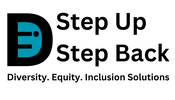




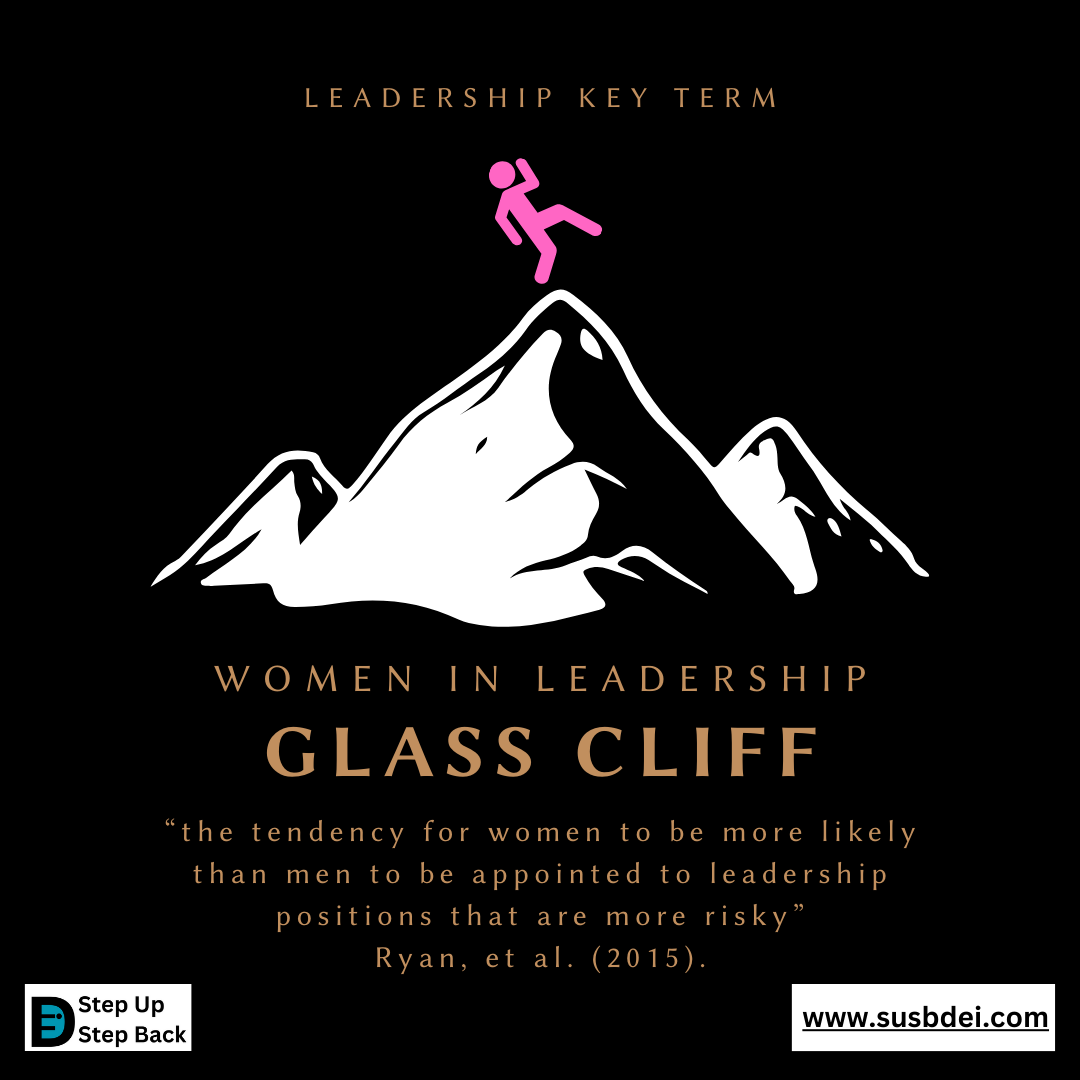
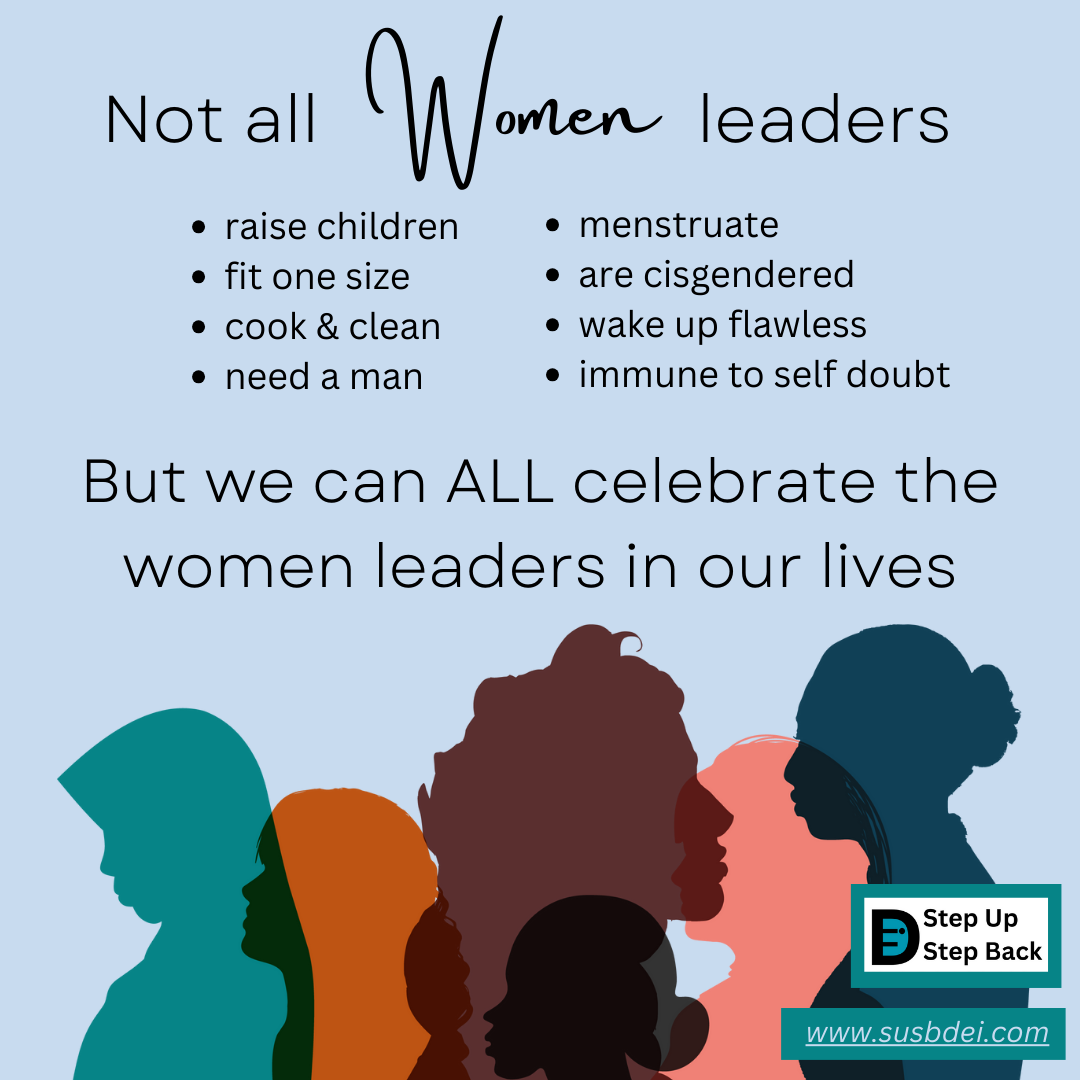
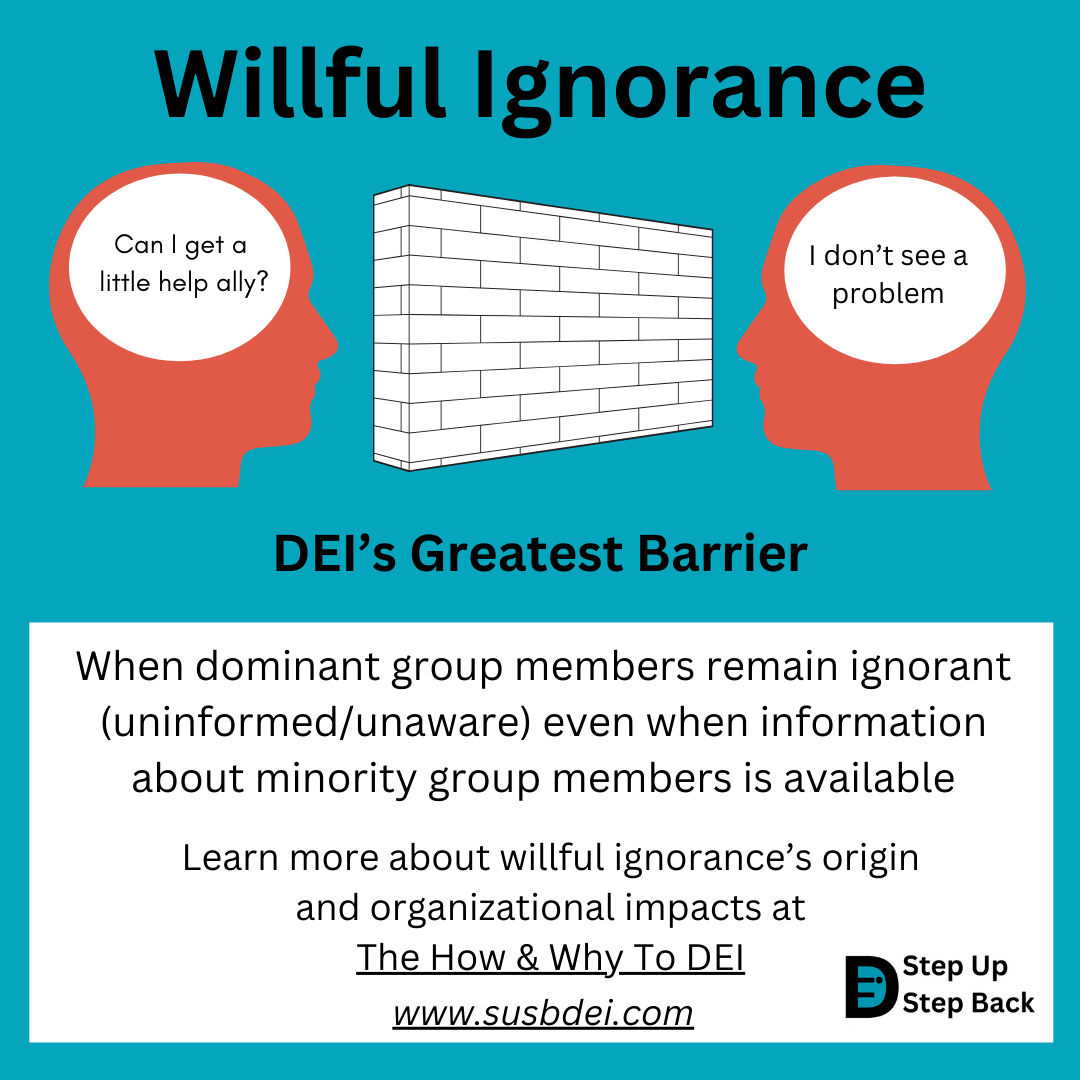


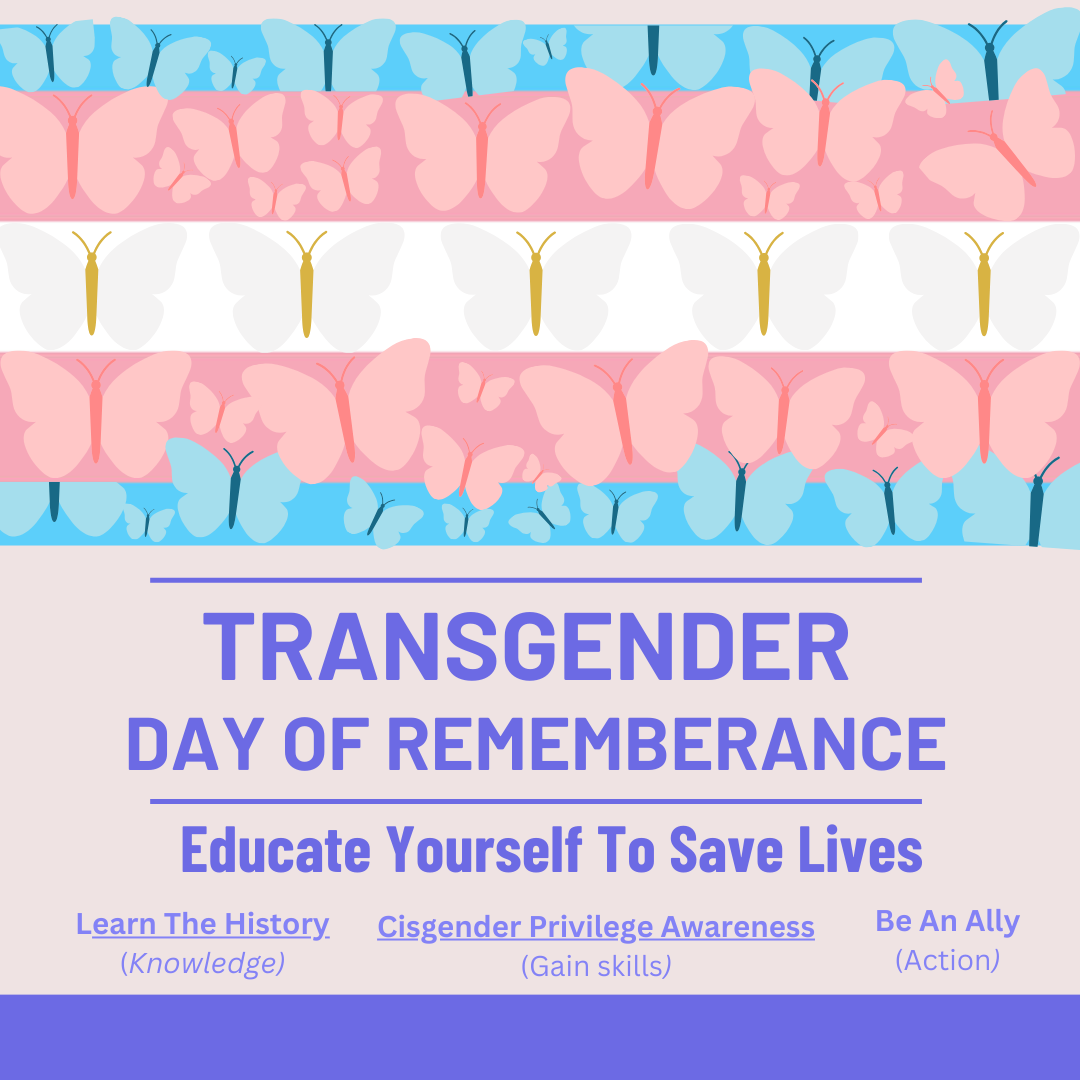
 RSS Feed
RSS Feed